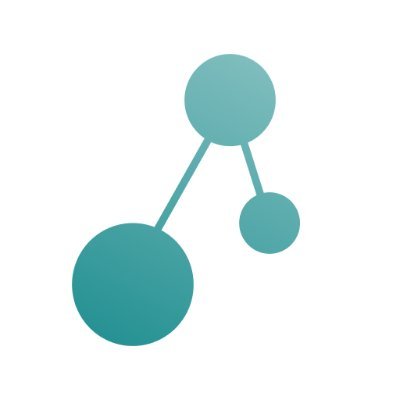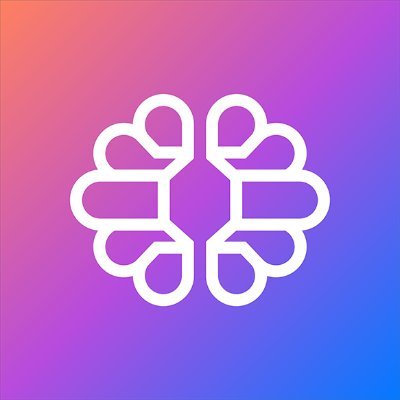What is Connected Papers?
Connected Papers is a contemporary visual tool that makes academic research easier. It helps users understand how studies are related, find important works, and discover new areas to explore by creating a graph of research papers that are comparable to each other.
Anyone interested in a new field, a student working on a thesis, a researcher putting together a paper, or someone looking into something new can use Connected Papers to easily organize relevant studies.
How does it work?
- Enter a paper title, DOI, or link as your seed paper.
- The tool creates an interactive graph of related research.
- Bigger nodes = more influential papers.
- Colors show publication years.
- Click nodes to read details or build new graphs.
- View prior works (earlier research) and derivative works (later research).
- Add multiple seed papers for broader results.
- Save or export your graphs and paper lists.
Key Functions of Connected Papers (Features)
Interactive graphs for research.
Use the node’s size to represent the number of citations and the node’s color to indicate the year of publication to visually represent groups of comparable works.
Before and after works.
It is easy to move between older foundational studies (called “prior works”) and newer developments (“derivative works”).
Multi-Seed Graphing.
You can narrow your search and find places where study themes meet by adding more original papers to the graph.
Management of graphs.
Keep track of your maps, view previous graphs, and export a list of papers (for example, to a reference manager).
Powered by a substantial academic database.
A lot of academic works are used to ensure that plenty of themes are covered across various fields.
How to Use Connected Papers?
- Simply enter the paper’s title, URL, or identifier.
- Make a visual graph of works that are linked.
- Read important older papers and more recent follow-up studies.
- You can read a summary or go to the full paper if you click on a node.
- You can use the graph to organize your literature review or find fresh topics for research.
Who Can Use Connected Papers?
- Students working on their projects or theses.
- Scholars and researchers in all fields.
- Professionals who are discovering new domains.
- Teachers make study tools.
- Efficient learners.
Pros & Cons
Pros:
- Visual, intuitive interface aids quick understanding of research connections.
- Identifies both important and emerging works efficiently
- Includes powerful features even in the free version
- Multi-origin graphs allow for customized, refined exploration
Cons:
- Free tier limits users to five graph creations per month
- Complex maps may feel overwhelming for beginners
- No dedicated mobile app or seamless integration with reference managers
Pricing & Plans
Free Plan
You can make a maximum of 5 graphs monthly, and all the basic tools are free.
Academic Plan
About $3 a month (billed yearly) allows users in education and non-profits to make as many graphs as they want and gives them full access to all features.
Business Plan
For about $10 a month (billed yearly), this plan is excellent for business or professional use and gives you unlimited access to graphs. You can also get plans for a group or a company priced by the seat and pay with credit cards, PayPal, and other methods.






